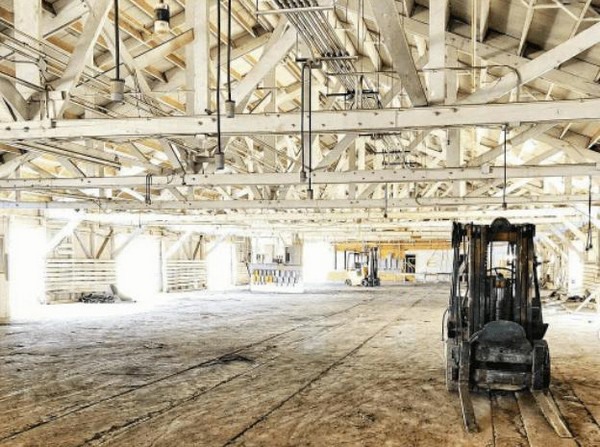The North American cannabis industry is bigger than it’s ever been, and that means there’s a growing demand for buildings designed specifically for cannabis cultivation and processing. These cannabis facilities are purpose-built to meet the unique needs of the cannabis plant, from controlled humidity and temperature to ample airflow and high-tech security systems.
Properly designing a cannabis facility is incredibly important to the success of your business. But designating a building as a cannabis facility isn’t as simple as slapping a new coat of paint on an old warehouse. These structures must be specifically engineered to support the growing operations within in relation to climate control, water & waste management, processing and extraction activities, and odor control systems.
Whether you are trying to meet the requirements of a local cannabis code, those of your state, or working within the guidelines of your own business, it is essential that your facility design and construction be done properly.

So what exactly does proper cannabis facility architectural design entail?
What Is Cannabis Facility Architectural Design?
Cannabis facility architectural design is the process of designing buildings and spaces for cannabis production. Architects who specialize in this type of design need to be familiar with the specific needs of cannabis growers, as well as the regulations that govern their operations. They also need to be able to create spaces that are functional, efficient, and safe.
When it comes to cannabis facility design, there are a few things to keep in mind. For starters, the layout of the facility should be designed in a way that allows for easy workflow and maximum efficiency, especially taking the plant’s growth cycle and post-harvest processing activities into consideration when designing room layouts. As cannabis is transferred from seedling/clone stage to veg and on to flower, the proximity and access from room to room should make functional sense.
The cultivation spaces should be designed to allow for adequate lighting and airflow. It should also be sized appropriately to meet your requirements for plants per square foot while also taking into consideration space for aisleways and irrigation and climate control systems.
When designing a cannabis facility, architects must take into account the needs of the growers, processors, and retailers who will be using the space, as well as the regulatory requirements of the jurisdiction in which the facility will be located.
If you’re designing a new facility from scratch, it’s best to engage with an experienced cannabis facility architect. This is someone who has already served as an architect on projects specifically within the cannabis industry, helping them ensure all aspects of cannabis facility architectural design are taken into account.
Read the rest of the blog on surna.com
For more information:
Surna Cultivation Technologies
1780 55th Street, Suite A Boulder, CO 80301
T: (303) 993-5271
F: (303) 955-2544
[email protected]
surna.com
